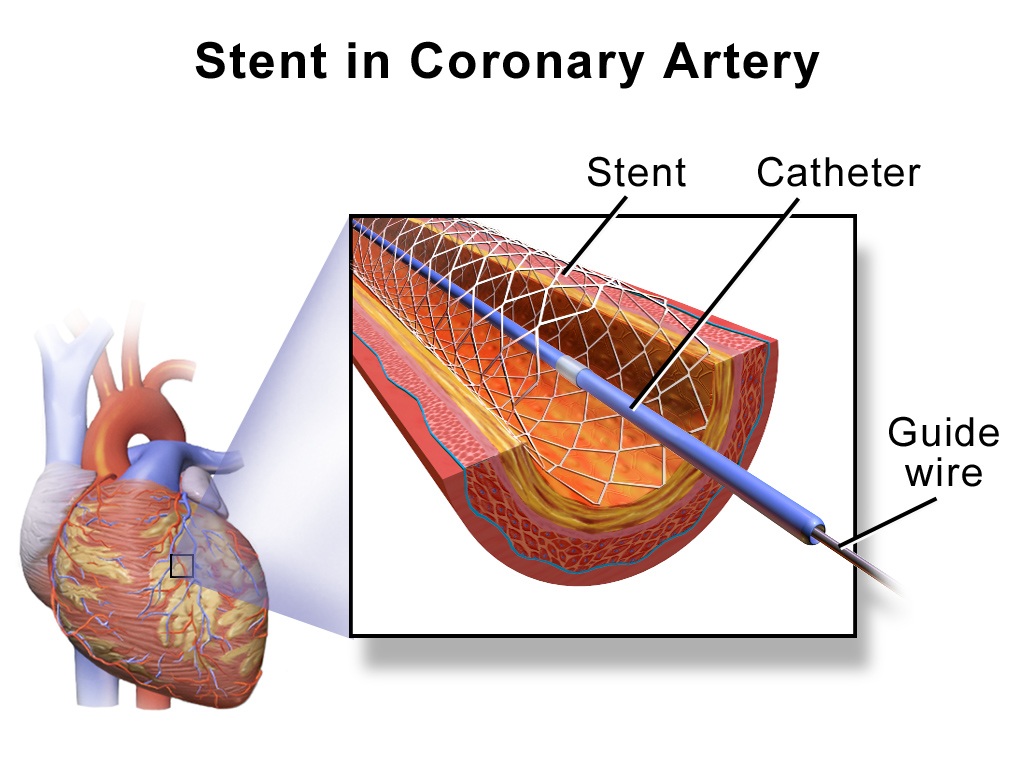
Exhausting yourself or sweating excessively in a workout does not equate to a good workout. Here’s a list of misconceptions to undo on your fitness journey
“I love these dance fitness sessions because I sweat and can notice a difference; strength training bores me,” confided a 40-something woman to me as we finished the session. I, too, was quite fond of the dance fitness sessions, but as a fitness coach, the idea of the class being judged on the sweatiness factor bothered me. Today, fitness is a realm of WhatsApp forwards and self-proclaimed Instagram fitness gurus giving advice not backed by research. It can be easy to believe fitness and health myths, especially when your peers seem to believe and propagate them. Sure, sweating it out feels good, but there are better parameters that can indicate health improvement. Here’s a list of the parameters you should focus on in your fitness journey.
Also read: 7 invisible benefits of consistent exercise
Weight loss vs. Losing inches
One of the practices I follow with my clients when starting their fitness journey is to write down their measurements (hips, chest, waist, thighs) and ensure they take pictures of themselves. As we exercise, our muscle mass and bone density increase, which can add to our overall weight. This makes the weighing scale an unreliable factor, especially when the client is not obese. Over 6-8 weeks, when the initial motivation wears out, the difference in inches, the ‘before’ pictures, and the weighing scale all factor in to continue motivating them to work out. The difference in inches and the pictures is visible if they have been consistent.
Keep a tab on energy levels
If your workouts are leaving you feeling exhausted and drowsy all day long, chances are that you might be doing too much. Talk to your coach and ask them to help bring the intensity down a notch. A week or two into starting your workout journey, you should be feeling lighter and more energetic, with improved stamina, elevated mood, and deeper sleep. “When I first started, I believed that if the workout didn’t leave you feeling dead by the end of the session, it was a bad workout. I pushed myself until I started to look weak and tired all the time, which I discovered was a myth,” shares Amrutha S, a psychology student at Mount Carmel University, Bengaluru.
Sweat and soreness
Perhaps one of the biggest myths in the fitness world is most people judging the effectiveness of a workout session based on the amount of sweat expended, and the extent of soreness felt after. Soreness is primarily a result of muscle damage and inflammation, which can vary based on factors like individual physiology and exercise intensity. “Soreness doesn’t necessarily correlate with long-term muscle growth, strength gains, or overall fitness improvement,” says Dr. Garima Gaur, senior rehabilitation and integrative wellness specialist at The Wellness Company. Instead of solely relying on soreness or sweat, Gaur suggests focussing on performance improvements such as increased strength, endurance, flexibility and technique refinement. “Monitor progress through metrics like workout intensity, form quality, recovery time, and overall energy levels,” she says.
Injuries are not the norm
Injuries, pains and aches are not a part of the process unless you are competing in a sport or a fitness competition. Unless accidental, injuries often happen because of two major reasons: overtraining and under-recovery or a bad workout routine. The ‘no pain, no gain’ mantra fails miserably because your workouts should not be 100% intense every time you train. Keep it at 60-70% effort if you are a recreational gym-goer and focus on recovery mechanisms like a balanced diet, protein intake, 7-8 hours of sleep, and breathwork. Your workouts should make you better at enjoying and aiding other aspects of life like career, family time and recreational activities.
Cardio vs. Strength training
Most gym-goers often train only in cardio or strength. The myth is that cardio is best for fat loss, and this drives many to focus on the former, leading to muscle loss, fatigue, injuries and joint pains. Strength training is required to maintain strength and muscle mass. On the other end of the spectrum, few focus only on strength training, forgoing cardio altogether. Cardio is necessary for good blood flow (read recovery) and maintaining heart health. A good workout routine should have a balance of both cardio and strength training as a part of your routine, regardless of what your ultimate goal is. Only the proportion and intensity of these will vary according to your personal goal.
Anupama Shivacharya is an independent journalist and calisthenics coach based in Bengaluru.
Also read: How to recognise stress and fight it with fitness
Source | Powered by Yes Mom Hosting






